Succession planting corn involves staggered corn crops throughout the growing season to ensure a continuous harvest. By meticulously timing your sowings every two weeks or so, and choosing varieties with differing days to maturity, you set the stage for a regular sweet corn harvest. This practice maximizes the use of your garden space, extends your harvest season, and satisfies your corn cravings with fresh, homegrown ears from early summer till fall.

It’s all about timing. Knowing the right moment to introduce a new batch of corn seeds to the soil, making sure there’s always a stalk or two ready for harvest. A continuous supply of homegrown corn sounds tempting, doesn’t it?
Why Succession Plant Corn?
This technique is like having your corn and eating it too, over a longer span. It’s about planting new corn seeds at different times to ensure a constant supply of this delicious veggie. So, why is corn considered one of the best crops for succession planting?
- Extended Harvest: Who doesn’t love the taste of fresh, homegrown corn? With succession planting, you get to enjoy this taste for a more extended period. It’s a win-win!
- Optimal Land Utilization: Got a small garden? No worries. This technique allows you to make the most out of the available space. It’s about smart gardening!
- Continuous Supply: Whether you love corn on the cob or a hearty corn chowder, having a continuous supply of corn is nothing short of amazing.
- Lower Pest and Disease Risks: Staggering your corn sowing can also mean fewer troubles with pests and diseases. It’s easier to manage a smaller, rotating crop.
- Better Soil Health: Growing the same crop back to back can be hard on the soil. But, with if you stagger your crops, your soil gets a breather, maintaining its health and fertility.
Benefits of Corn Succession Planting
Here are some of the benefits you get from using this technique.
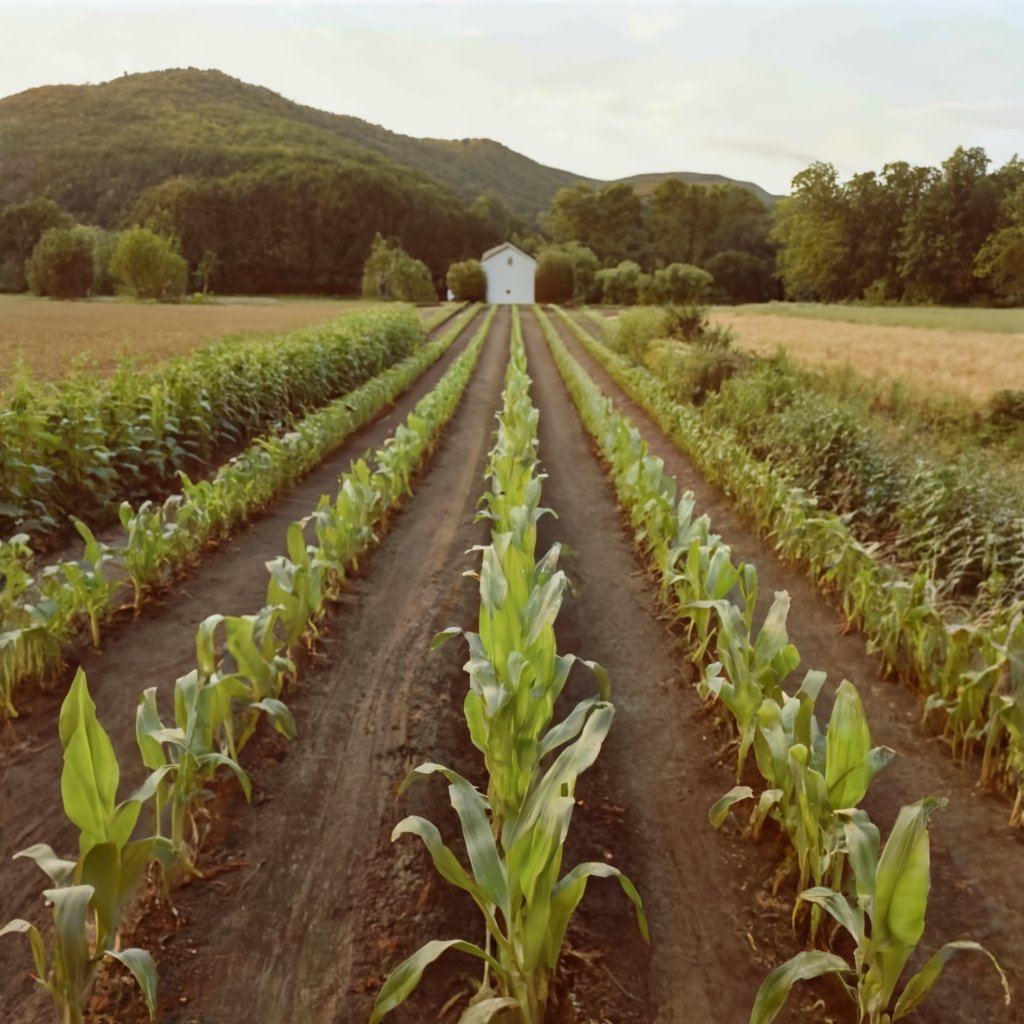
- Extended Harvest:
- More Corn, More Fun: The primary benefit is the extended harvest. Growing sweet corn in cycles mean more corn to enjoy over the season.
- Freshness Galore: And nothing beats the taste of freshly picked corn, right?
- Land Utilization:
- Smart Space Usage: Land utilization is at its best with succession planting. It’s about being a smart gardener, getting more from less.
- Soil Rest: Giving different soil areas a rest between crops can be quite beneficial for maintaining soil health.
- Variety:
- Spice it Up: You can plant different varieties one after the other, adding a little variety to your corn harvest.
- Taste Test: It’s a chance to have a mini taste test right in your backyard.
In a nutshell, this technique can turn your gardening endeavor into a more fruitful, enjoyable, and eco-friendly venture. And honestly, who can resist the allure of having fresh, sweet corn on a regular basis? It’s a gardening practice that keeps on giving!
Understanding Corn Growth Stages
So, you’re all set to try succession planting of sweet corn, but do you understand the growth stages of corn? Let’s break it down:
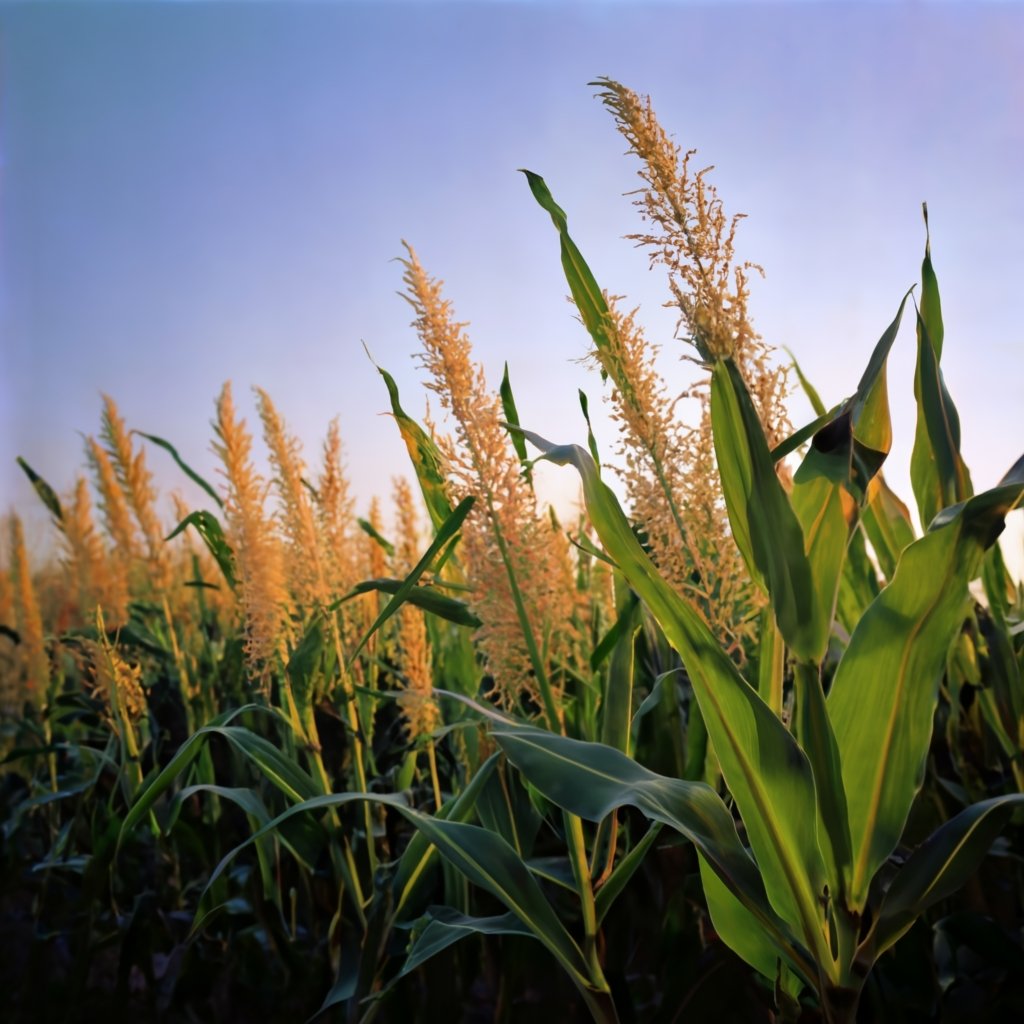
- Germination:
- Once you plant your corn seeds, they’ll need some warmth to kickstart the growth process. This stage usually lasts 5 to 10 days. It’s advisable to begin your sowing right around the last frost date, ensuring that the soil has warmed up enough to encourage germination.
- Seedling:
- After germination, the corn enters the seedling stage, where the young stalk begins to emerge. This stage lasts about 1 to 3 weeks.
- Vegetative:
- Here’s where things get exciting. The stalk grows taller, and leaves develop. This stage spans most of the growing season and lasts up to 8 to 10 weeks.
- Tasseling and Silking:
- Now your corn plants are showing off their tassels and silks, the reproductive parts of the corn plant. This stage is a brief one, often around 1 to 2 weeks.
- When your corn plants reach the tasseling and silking stage, it’s pollination time. Corn is a monecious plant, having both male (tassels) and female (silks) flowers on the same plant. The wind plays cupid here, carrying pollen from the tassels to the silks, with each silk corresponding to a kernel on the cob. This wind-pollination usually occurs over a few dry, windy days, making weather a crucial factor.
- Milk Stage:
- The kernels develop and fill with a milky liquid, indicating they’re getting ready for harvest. This stage lasts about 3 to 4 weeks. As the corn reaches this phase, you’ll notice the silks on the ears will darken and dry out, while the kernels become plump and the outer husks start to tighten. This visual transformation is a delightful sign that your sweet corn is nearing its prime and the much-anticipated harvest time is just around the corner.
- Maturity:
- Voila! Your corn is ready for harvest. The kernels harden, and it’s time to enjoy the fruits of your labor. When the corn reaches maturity, the silks on the ears will be brown and dry. A quick peek by peeling back the husk a little will reveal plump kernels. Press a kernel with your thumbnail; if a milky liquid squirts out, it’s harvest time. If the liquid is clear, it needs more time, and if there’s no liquid, it’s past its prime. So, keep an eye on those husks and get ready to enjoy some corn-on-the-cob!
Corn Varieties Suitable for Succession Planting
When it comes to succession planting of sweet corn, choosing the right corn varieties is crucial. Some corn types mature faster, while others may have better disease resistance, making them suitable for growing later in the season.
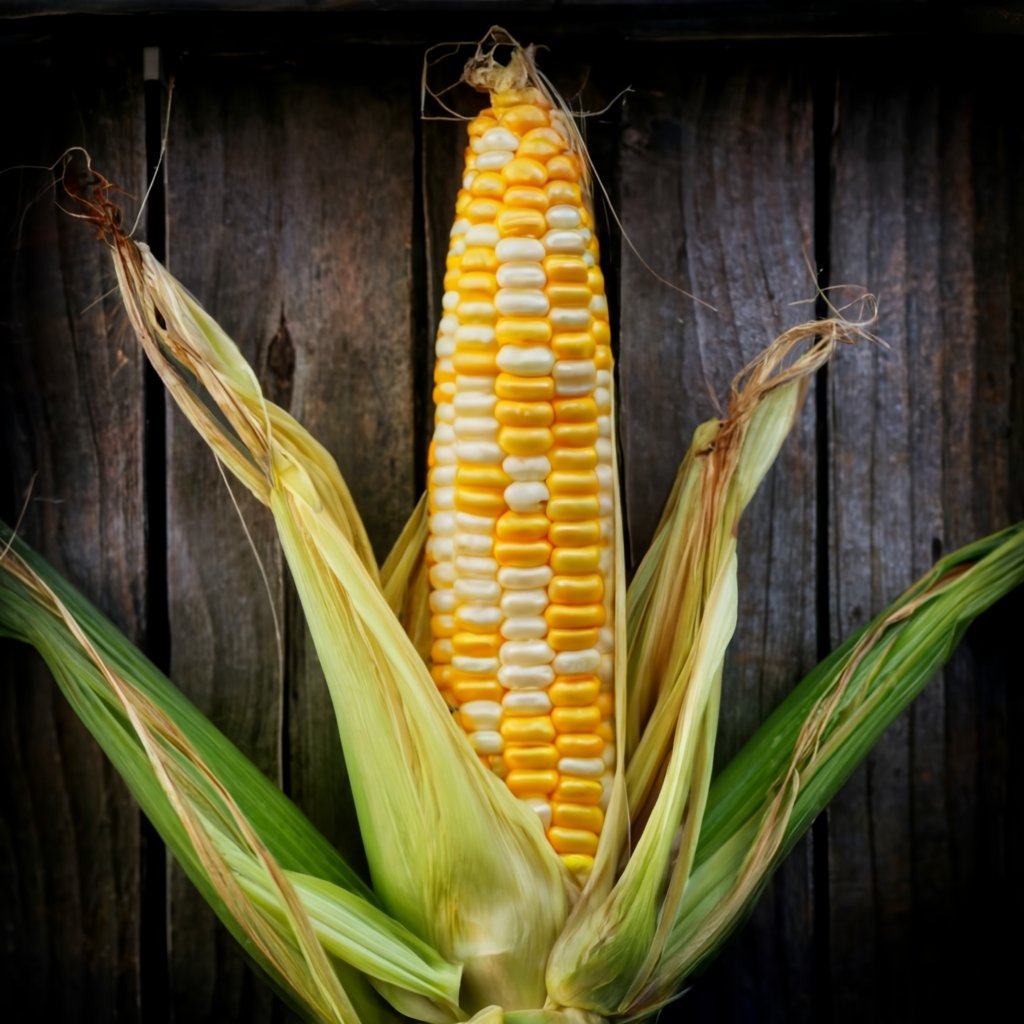
Table: Comparison of Sweet Corn Varieties
| Variety Name | Days to Maturity | Disease Resistance |
|---|---|---|
| Early Sunglow | 62-66 days | Not Specified |
| Bodacious | 75-90 days | Common Rust, Maize Dwarf Mosaic, Stewart’s Wilt |
| Incredible | 74-75 days | Common Rust, Stewart’s Bacterial Wilt, Northern Corn Leaf Blight |
| Sugar Buns | 70-80 days | Common Rust, Stewart’s Wilt, Northern Corn Leaf Blight |
| Ambrosia | 70-75 days | Stewart’s Wilt, Northern Corn Leaf Blight |
| Supersweet Coastal | 70-75 Days | High resistance to Ps (Rp1G) |
These varieties offer a mix of maturation rates and disease resistance levels, allowing you to plan effectively. For instance, you might start with Early Sunglow for an earlier harvest, followed by a sowing of Bodacious or Incredible for a mid-season harvest, and so on.
Choosing a variety that matches your garden’s conditions and your harvest goals is a smart move. Plus, experimenting with different varieties can also be a fun and rewarding part of your gardening adventure. So, ready to get those corn seeds into the ground?
Timing is Crucial: Planning Your Successions
Have you ever heard the saying, “timing is everything”? Ensuring that you time your sowings correctly is like hitting that sweet spot in a game of tennis, it leads to a satisfying and productive result.
Your First Crop
Start by growing your first batch of corn as soon as the soil temperature is warm enough. This is usually around the last frost date. Check the days to maturity for the variety you chose and mark that harvest date on your calendar.
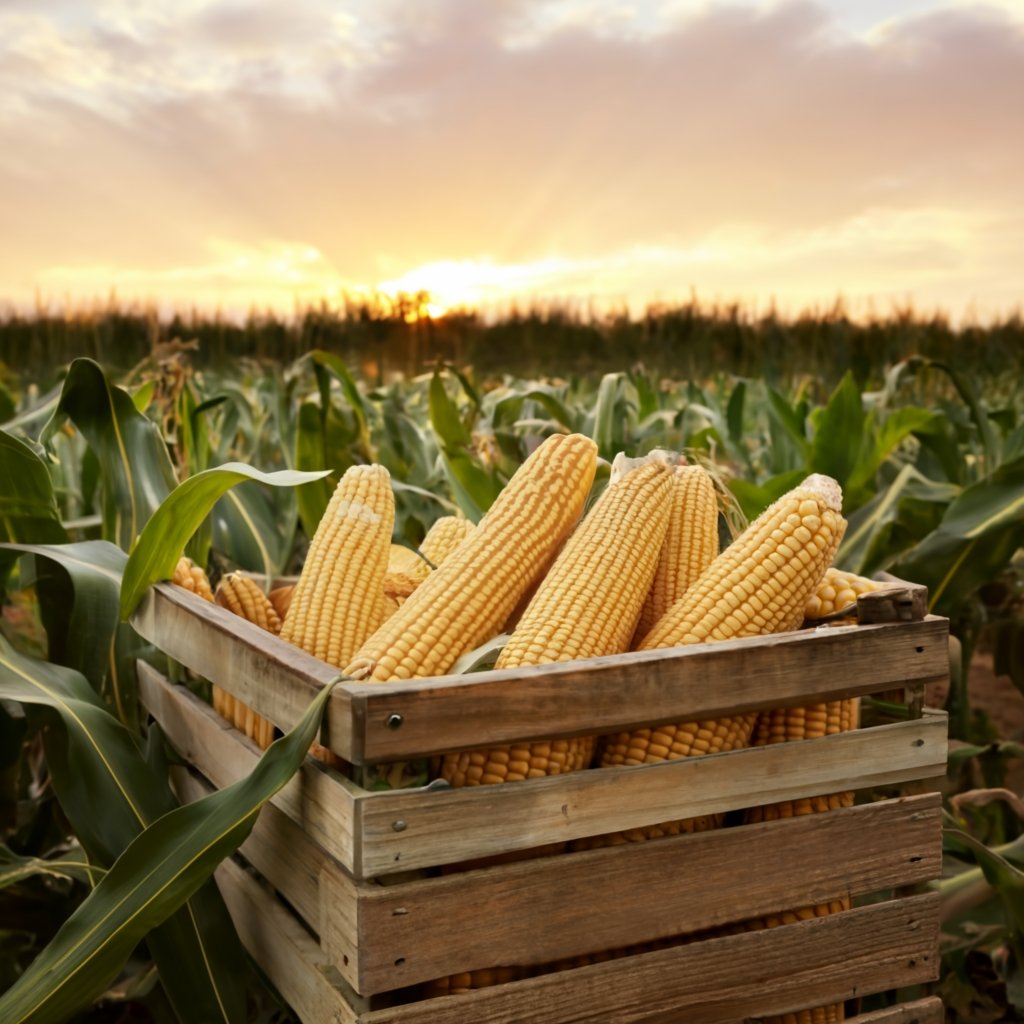
Scheduling The Next Plantings
Every variety is a bit different. Some might mature faster, while others take their sweet time. A common strategy is to plant a new batch every two weeks. This way, as one batch is ready for harvest, the next one is budding, and you have a continuous supply of fresh corn throughout the season.
Isolating varieties is like setting boundaries in your garden; it ensures each corn type remains true to its character. When different varieties of corn are planted too close together or not timed properly, cross-pollination can occur. The result? Corn that might not have the taste or texture you were expecting.
Corn has a particular stage called the tasseling phase, where the tassels at the top of the plant emerge and shed pollen. If two different varieties reach this phase at the same time, the pollen from one can fertilize the other, leading to cross-pollination.
A simple trick to avoid this mix-up is to stagger your planting dates by at least 14 days. This gap allows one variety to complete its tasseling phase before the next one starts. It’s like scheduling a solo performance for each variety on the garden stage, preventing any unexpected duets.
So, when planning your succession planting, consider the tasseling timeline and give each variety its space and time to shine. This way, each type of corn in your garden stays true to its roots, quite literally!
Get your planting dates right, and you’ll have fresh corn on your table every two weeks. Sounds delightful, right?
Scheduling Planting Intervals
Adjusting to Weather Conditions
As the season progresses, keep an eye on the cool weather creeping in. You might need to adjust your planting time accordingly to ensure your corn has enough time to mature before the temperatures drop.

Table: Suggested Planting Intervals
| Interval Duration | Pros | Cons |
|---|---|---|
| Every Week | More frequent harvests | May overwhelm garden space |
| Every Two Weeks | Balanced harvest & space use | May have gaps in harvest |
| Once a Month | Easier to manage | Longer gaps in harvest |
Each interval has its own set of advantages and challenges. The aim is to find a rhythm that works for you, your garden space, and your corn-loving taste buds. Whether you’re a weekend gardener or a die-hard corn enthusiast, getting the timing right can lead to a bountiful and enjoyable harvest all season long. So, ready to get scheduling?
Learning and Improving: Documenting Your Succession Planting Journey
The Importance of Record-Keeping
The saying goes, “What gets measured, gets managed.” Keeping a detailed record of your schedules, harvest timings, and any challenges faced along the way is invaluable. It’s like having a conversation with your past self, gaining insights on what worked and what didn’t.
Documenting Your Harvest
As you enjoy the fruits, or rather, the cobs of your labor, jot down when each sweet corn harvest occurred. Over time, you’ll see patterns that will help you fine-tune your schedule for the following seasons.
Ever had a “I wish I remembered what I did last year” moment? Record-keeping is the antidote!
Refining Your Strategy
Learning from Each Harvest
Each harvest time is a learning experience. As a grower, you’ll find that some sweet corn planting schedules work better than others. Maybe a particular variety of corn thrived with a specific interval, or perhaps a pest issue threw a wrench in your plans.

Adjusting Your Strategy
With each harvest, you have the chance to adjust your strategy. Maybe extend the intervals during a particularly rainy season? Or try a different variety that matures faster as the season progresses?
By continually learning and adjusting, you’re not just growing corn; you’re growing your knowledge and skills. And let’s face it, there’s something incredibly satisfying about looking back and seeing how far you’ve come, one harvest at a time!
Conclusion
Your garden is a living, growing entity. With each sweet corn harvest, you’re not only reaping the delicious rewards of your labor, but you’re also gathering invaluable experiences. Each season is an opportunity to learn, improve, and get closer to that perfect harvest rhythm.
Remember, good things take time. A little planning and record-keeping go a long way in ensuring your garden is bountiful and your corn-cravings are satisfied all season long.
Frequently Asked Questions
What can I plant after corn in a crop rotation?
Crop rotation is essential for maintaining soil health and preventing soil-borne diseases. After harvesting corn, consider legumes like peas or beans which can fix nitrogen in the soil, replenishing what the corn has taken out. Other good options include root vegetables like carrots or beets, as they have different nutrient needs and pest/disease profiles compared to corn.
Can you plant corn in the same place each year?
It’s not advisable to plant corn in the same place each year due to the risk of soil nutrient depletion and the buildup of soil-borne diseases and pests. Rotating crops helps in breaking the life cycles of pests and diseases and improves soil fertility.
What is the best thing to plant beside corn?
Companion planting can be beneficial. Beans are a good companion for corn as they can fix nitrogen in the soil which corn needs in abundance. Squash is another good companion, as its broad leaves can help to keep the soil moist and prevent weeds, creating a beneficial microclimate. This trio is often referred to as the “Three Sisters” in Native American agriculture, showcasing a natural way to maintain soil health and deter pests.
Can you plant anything between corn rows?
Yes, you can utilize the space between corn rows for intercropping. Cover crops like clover can help with soil compaction and weed suppression. Also, shorter vegetables like radishes, carrots, or beets can be planted between corn rows to maximize space utilization. However, ensure that the plants you choose to intercrop won’t compete heavily with corn for nutrients and water.
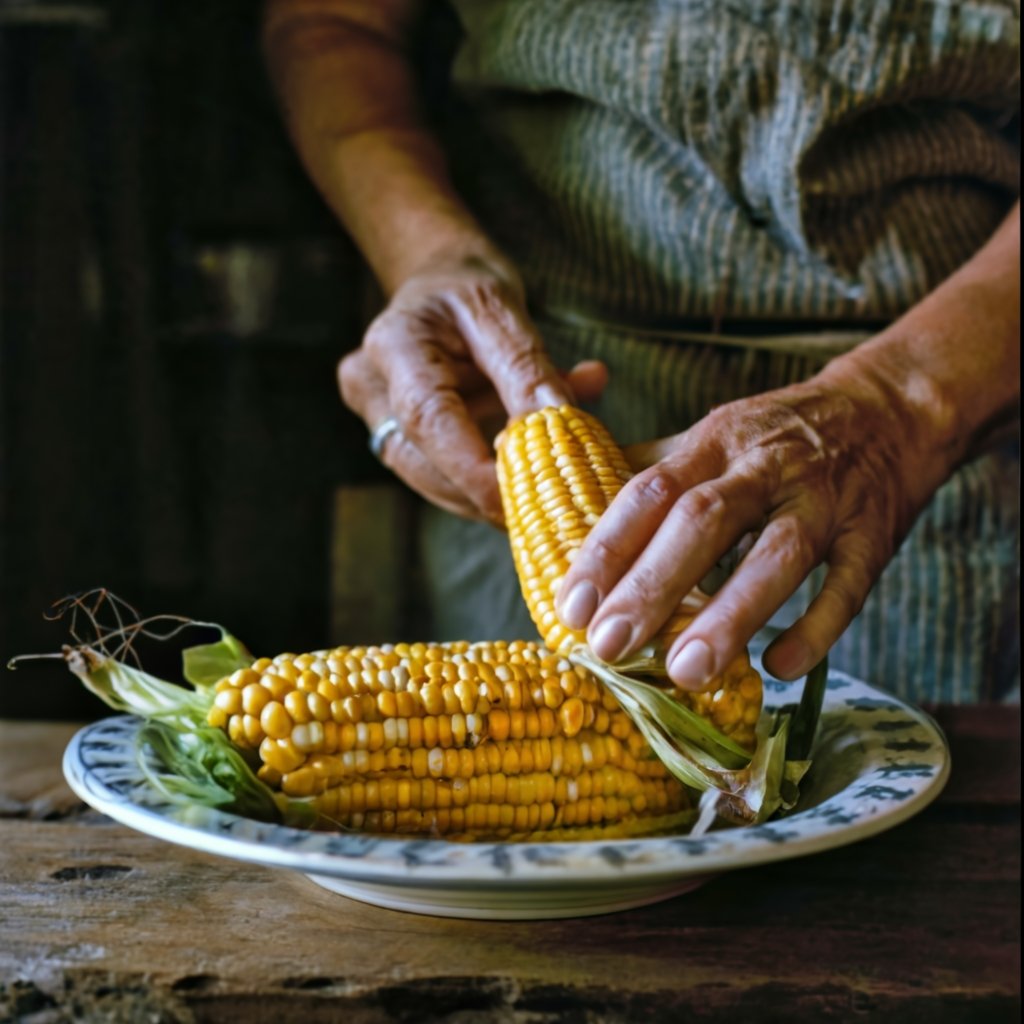
References
In researching this article, the following sources were referenced for corn variety information…
- https://www.rhshumway.com/product/S03909/278
- https://www.gurneys.com/product/incredible-rm-se-sweet-corn
- https://www.ruppseeds.com/vegetables/products/corn/sweet-corn/yellow/incredible-rm
- https://www.ufseeds.com/product/ambrosia-f1-corn-seed/COAM.html
- https://www.ufseeds.com/product/sugar-buns-f1-corn-seed/COSB.html
- https://www.willhiteseed.com/0257
- https://info.ifa.coop/corn-varieties
- https://www.reimerseeds.com/Ambrosia-Corn-Seeds.aspx
- https://www.reimerseeds.com/sugar-buns-corn-seeds.aspx
- https://hosstools.com/products/ambrosia-sweet-corn
- https://www.trueleafmarket.com/products/corn-se-sugar-buns-hybrid
- https://parkseed.com/sugar-buns-hybrid-corn-seeds/p/05112/
